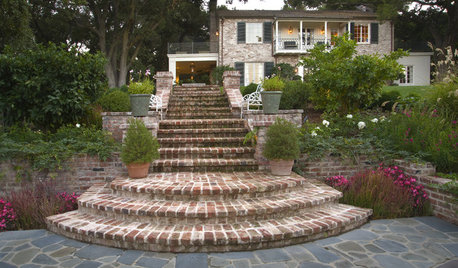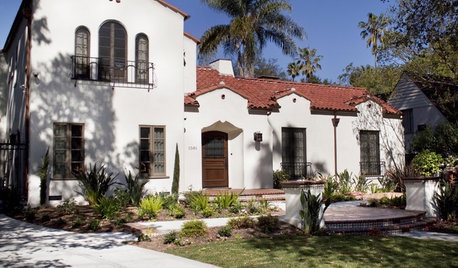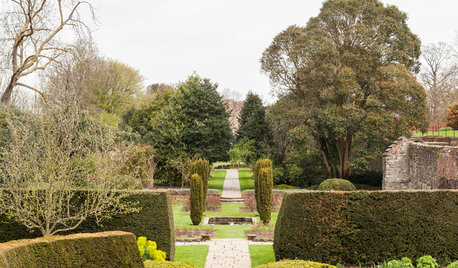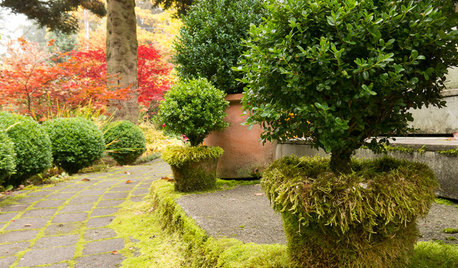California Garden History
ginny12
20 years ago
Related Stories

HOUZZ TOURSMy Houzz: History and Charm Infuse a California Hilltop Home
They've lived almost 50 years in one home, but this constantly renovating couple has design tastes that don't stand still
Full Story
MATERIALSReclaimed Brick Brings History and Charm to the Garden
Old bricks make durable and beautiful pavers for the home landscape
Full Story
ROOTS OF STYLEClues to Your Home's Architectural History
Use this quick guide to design themes to identify the era and style of your house's details
Full Story
HOUZZ TOURSHouzz Tour: Updates Honor a 1930s Cottage's History
The facade stays true to the original, but inside lie a newly opened layout, higher ceilings and 600 more square feet of space
Full Story
HOUZZ TOURSMy Houzz: Bright and Airy Updates in a California Fixer-Upper
An Australian family tackles an unloved Cape Cod–style house, turning it into an inviting home that reflects their history and travels
Full Story
HOMES AROUND THE WORLDGarden Tour: A Rich History Is Revived at Eltham Palace
This classic English garden mixes medieval relics with 1930s style
Full Story
LANDSCAPE DESIGNEvoke Mystery and History With Moss in the Garden
Go ahead, lie about age. Moss on garden statues, planters and pavers creates the beautifully deceptive look of time’s passing
Full Story
ROOM OF THE DAYRoom of the Day: Berkeley Living Room Builds on History and Style
Rich and dark woods, oversized furniture, layered lighting and intriguing artwork give this California room a comfortable sophistication
Full Story
GARDENING GUIDESGreat Design Plant: Purple Needle Grass, California’s State Grass
The long-lived, drought-tolerant Stipa pulchra is as admired for its benefits as for its good looks
Full Story
LANDSCAPE DESIGNLandscape Tour: A Place to Savor Life in California’s Wine Country
A couple’s Napa Valley weekend getaway is designed for outdoor living with a low-maintenance, drought-tolerant landscape
Full StoryMore Discussions






John_D
ginny12Original Author
Related Professionals
Allentown Landscape Architects & Landscape Designers · Cary Landscape Architects & Landscape Designers · Stoughton Landscape Contractors · Wakefield Landscape Contractors · Lewisville Landscape Contractors · Manhattan Landscape Contractors · Quincy Landscape Contractors · Rockwall Landscape Contractors · Vancouver Landscape Contractors · Kingsburg Landscape Contractors · Lafayette Siding & Exteriors · Rockford Siding & Exteriors · San Bernardino Siding & Exteriors · West Milford Siding & Exteriors · Four Corners General Contractorsginger_nh
mjsee
ginny12Original Author
ginger_nh
tessasdca
John_D
mich_in_zonal_denial
kategardens
tessasdca
mich_in_zonal_denial